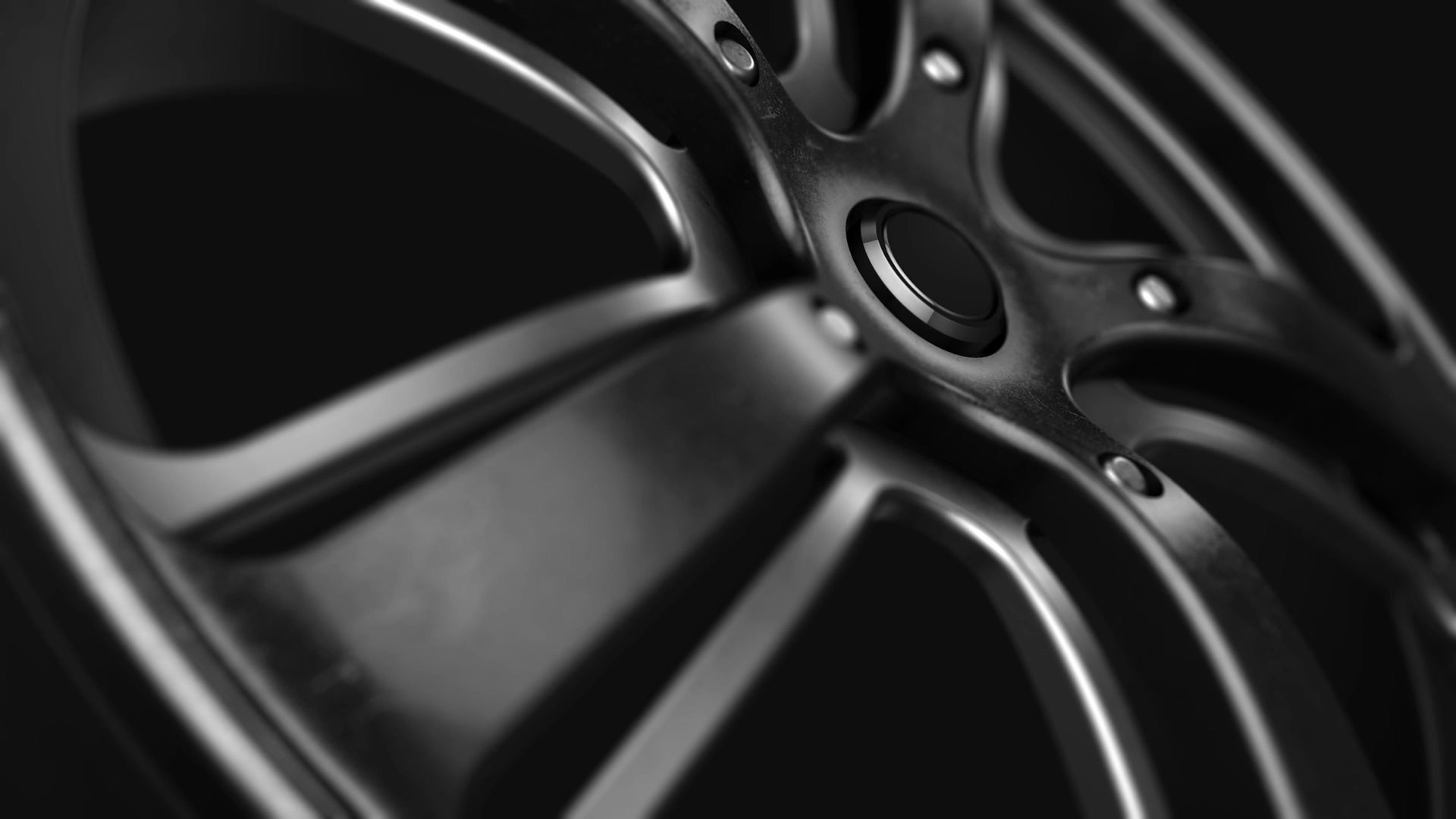The effect of the tire balancing machine when the vehicle is accelerating
- enze6799
- 1 day ago
- 4 min read
The Impact of Tire Balancing Machines on Vehicle Acceleration Performance
Proper tire balancing plays a critical role in optimizing vehicle acceleration, ensuring smooth power delivery, and maintaining stability during rapid speed changes. Tire balancing machines address weight distribution irregularities that disrupt rotational harmony, directly influencing acceleration dynamics. Below, we examine how these machines enhance performance during acceleration through three key mechanisms.
Smooth Power Transmission During Acceleration
Eliminating Rotational Drag
Unbalanced tires create uneven centrifugal forces as they rotate, generating vibrations that oppose engine power. During acceleration, these vibrations act as a form of rotational drag, reducing the efficiency with which power reaches the wheels. A 2024 study by the Automotive Engineering Institute found that vehicles with unbalanced tires experienced a 12–15% reduction in acceleration responsiveness compared to properly balanced wheels. Tire balancing machines correct these imbalances by evenly distributing weights, ensuring seamless power transfer from the drivetrain to the road.
Preventing Wheel Hop
At the onset of acceleration, unbalanced tires may exhibit "wheel hop"—a rapid vertical bouncing caused by inconsistent contact with the pavement. This phenomenon disrupts traction, causing the tires to momentarily lose grip and reducing forward thrust. For instance, a 2025 simulation by the Vehicle Dynamics Research Center showed that wheel hop reduced acceleration efficiency by 22% in high-torque vehicles. By balancing tires, machines minimize these vibrations, allowing tires to maintain consistent contact and maximize grip during rapid acceleration.
Enhancing Traction and Grip
Optimizing Tire Contact Patches
During acceleration, especially in high-torque applications like electric vehicles or performance cars, maintaining even pressure across the tire’s contact patch is crucial. Unbalanced tires create uneven pressure distribution, leading to localized slippage or "chirping" as the tires struggle to grip. Tire balancing machines ensure that weight is evenly distributed, enabling the entire contact patch to engage the road surface uniformly. This optimization is particularly vital for rear-wheel-drive vehicles, where acceleration forces are concentrated on the driven wheels.
Reducing Tire Deformation
Imbalances cause tires to deform asymmetrically during rotation, reducing their ability to conform to road irregularities. This deformation compromises traction, as the tire cannot adapt quickly to changes in surface texture. For example, a 2024 analysis of sports cars revealed that unbalanced tires increased tire deformation by 30% during hard acceleration, leading to a 14% drop in 0–60 mph times. Balanced tires maintain their shape, ensuring consistent grip even under aggressive acceleration.
Improving Drivetrain Longevity
Minimizing Stress on Drivetrain Components
The vibrations caused by unbalanced tires transmit stress through the drivetrain, affecting components like axles, differential gears, and CV joints. During acceleration, these stresses intensify as torque loads increase. A 2025 report by the Automotive Maintenance Association found that vehicles with unbalanced tires had a 40% higher rate of drivetrain component failure compared to balanced counterparts. Tire balancing machines reduce these vibrations, extending the lifespan of drivetrain parts and lowering repair costs.
Preserving Suspension System Integrity
Acceleration forces interact with suspension systems to manage weight transfer and maintain stability. Unbalanced tires introduce erratic forces that strain suspension components, such as shock absorbers and control arms. Over time, this strain leads to premature wear, reducing suspension effectiveness and compromising acceleration dynamics. By ensuring balanced tires, machines help suspension systems operate within designed parameters, preserving their ability to dampen vibrations and stabilize the vehicle during rapid acceleration.
Advanced Balancing Techniques for Acceleration Optimization
Dynamic Balancing for High-Torque Applications
Dynamic balancing machines account for both vertical and lateral imbalances, which are particularly critical during acceleration. High-torque engines generate forces that exacerbate lateral imbalances, causing steering wheel oscillations or uneven tire wear. Advanced dynamic balancers use sensors to detect these forces and apply corrective weights, ensuring smooth rotation even under extreme acceleration loads. A 2024 study of pickup trucks showed that dynamic balancing improved acceleration stability by 27% compared to static balancing methods.
Road Force Balancing for Real-World Conditions
Some tire balancing machines incorporate road force simulation, which applies pressure to the tire as it spins to mimic real-world driving conditions. This technique identifies hidden imbalances caused by tire stiffness variations or manufacturing defects, which are often amplified during acceleration. For example, a 2025 test by the International Automotive Research Center found that road force balancing reduced acceleration-induced vibrations by 85% in electric vehicles, where instant torque delivery demands precise tire balance.
The Role of Regular Balancing in Acceleration Performance
Frequency of Balancing Checks
Tire balance should be inspected every 5,000–7,000 miles or during tire rotations, as imbalances can develop over time due to wear or external damage. However, vehicles subjected to frequent hard acceleration (e.g., sports cars or towing vehicles) may require more frequent checks, as these conditions accelerate wear and imbalance. A 2024 survey of performance car owners revealed that 68% noticed improved acceleration responsiveness after balancing their tires every 3,000 miles.
Signs of Imbalance Affecting Acceleration
Drivers should monitor for symptoms like steering wheel vibration during acceleration, uneven tire wear, or a "pulsing" sensation in the pedals. These issues indicate imbalances that disrupt acceleration dynamics, potentially leading to reduced performance or drivetrain damage. Early detection through regular balancing checks ensures optimal acceleration efficiency and component longevity.
By leveraging tire balancing machines, drivers and manufacturers can unlock the full potential of vehicle acceleration. From enhancing traction and power transmission to protecting drivetrain components, balanced tires form the foundation of responsive, efficient, and durable acceleration performance. As automotive technology advances, the role of precise tire balancing in maximizing acceleration dynamics will only grow more critical.





Comments